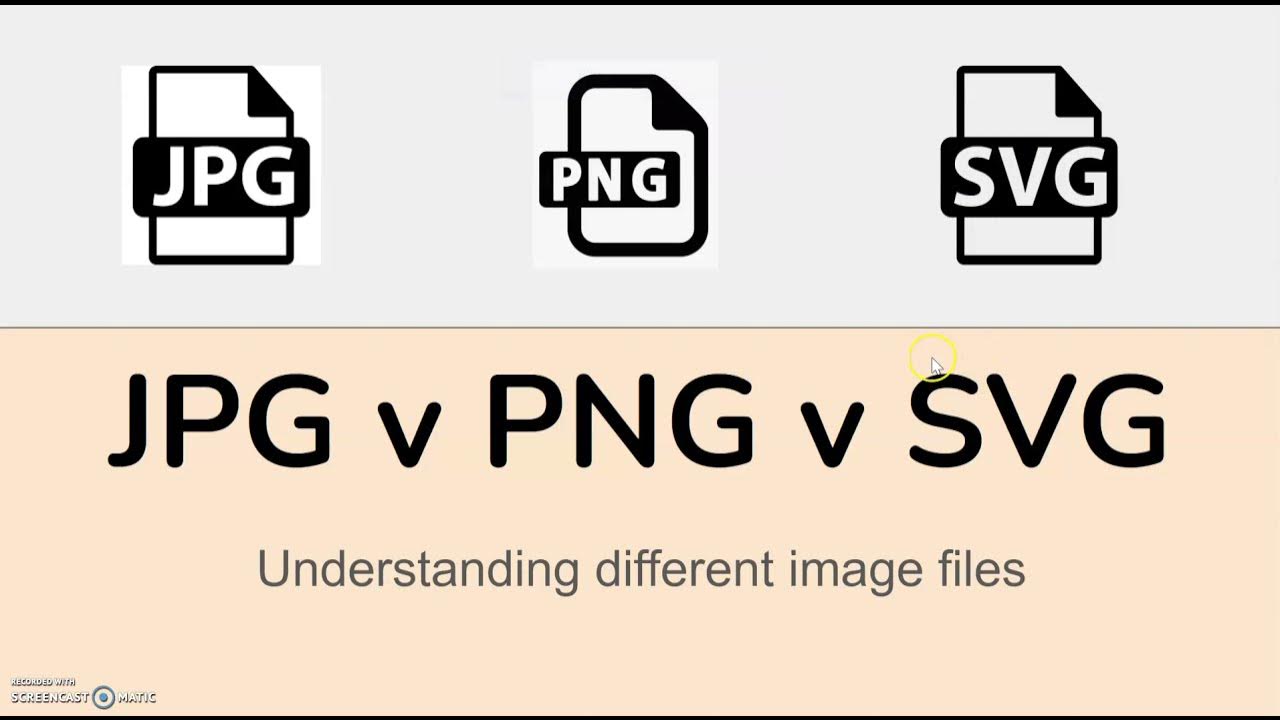FLUTTER 09 Image Widget (Tutorial Flutter Bahasa Indonesia)
Summary
TLDRIn this video tutorial, viewers are introduced to Flutter's image widgets, highlighting the various supported formats like GIF, PNG, and JPG. The tutorial explains four types of image providers: asset, network, file, and memory, discussing their performance in displaying images. Asset images are embedded within the application, while network images are fetched via URLs, allowing for dynamic content. The presenter demonstrates implementation with code examples and explores different fitting properties to optimize image display in containers. This session is designed to empower developers with the skills to effectively integrate images into their Flutter applications.
Takeaways
- 😀 Image widgets in Flutter are essential for displaying images in applications.
- 🖼️ Supported image formats include GIF, PNG, JPG, and more.
- ⚙️ There are four types of image providers in Flutter: Asset, Network, File, and Memory.
- 📁 Assets are images stored within the application itself, making them quick to access.
- 🌐 Network images are fetched from URLs and require internet access, making them slower to load.
- 💾 File images are sourced from external files on a device, which is less common in simple applications.
- ⚡ Memory images are the fastest to load, as they utilize raw data already present in the app's memory.
- 🛠️ When using asset images, they must be registered in the Flutter project before use.
- 📏 The fit properties for images, like 'contain', 'cover', and 'fill', adjust how the image fits within its container.
- 📝 The example demonstrates both asset and network images, highlighting their use in various contexts.
Q & A
What is the main topic of the tutorial?
-The tutorial focuses on using image widgets in a programming context, particularly within Flutter applications.
What image formats are supported for displaying images?
-Supported image formats include GIF, PNG, JPG, and others.
What are the four types of image providers mentioned?
-The four types of image providers are asset, network, file, and memory.
How does an asset image provider work?
-An asset image provider uses images that are packaged within the application itself, which allows for quick access and display.
What is the difference between network and asset image providers?
-Network image providers retrieve images from the internet using a URL, while asset image providers use images stored within the application package.
Why might a file image provider be less common in applications?
-File image providers are less common because they typically access images stored externally on the device, which can complicate app distribution and performance.
Which image provider is the fastest for displaying images?
-The memory image provider is the fastest because it accesses raw data directly, making it quicker to display images.
What happens when using a network image provider with a dynamic URL?
-Using a network image provider with a dynamic URL allows the application to display images that can change frequently, such as random images from an API.
What are some properties that can be set for image widgets?
-Properties for image widgets include fit, which adjusts how the image fits within its container, and cover, which scales the image to cover the entire widget area.
How does the 'fit' property affect image display?
-The 'fit' property determines how the image is resized to fit the widget's dimensions, with options like 'contain', 'cover', and 'fill', each offering different scaling behaviors.
Outlines

هذا القسم متوفر فقط للمشتركين. يرجى الترقية للوصول إلى هذه الميزة.
قم بالترقية الآنMindmap

هذا القسم متوفر فقط للمشتركين. يرجى الترقية للوصول إلى هذه الميزة.
قم بالترقية الآنKeywords

هذا القسم متوفر فقط للمشتركين. يرجى الترقية للوصول إلى هذه الميزة.
قم بالترقية الآنHighlights

هذا القسم متوفر فقط للمشتركين. يرجى الترقية للوصول إلى هذه الميزة.
قم بالترقية الآنTranscripts

هذا القسم متوفر فقط للمشتركين. يرجى الترقية للوصول إلى هذه الميزة.
قم بالترقية الآنتصفح المزيد من مقاطع الفيديو ذات الصلة

Resolusi dan Format File Multimedia Image, Bagaimana Memilihnya?

JPG v PNG v SVG | what are the differences? which is the best to use?

Membuat Foto Siluet dengan Canva

Learn HTML favicons in 2 minutes! 🗿

Flutter Interview Questions And Answers | Flutter Developer Interview Questions | Intellipaat

Cara membuat LOGO dan Tulisan pada software Mastercam 2017 - Logo Barcelona
5.0 / 5 (0 votes)
